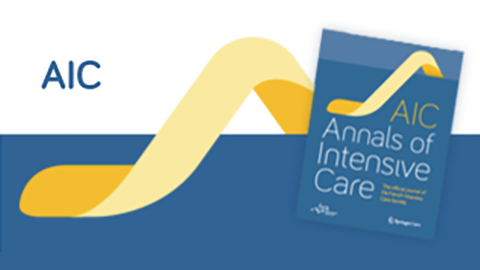04/12/2021


Source
Abstract
Background
Dynamic pulmonary hyperinflation may develop in patients with chronic obstructive pulmonary disease (COPD) due to dynamic airway collapse and/or increased airway resistance, increasing the risk of volutrauma and hemodynamic compromise. The reference standard to quantify dynamic pulmonary hyperinflation is the measurement of the volume at end-inspiration (Vei). As this is cumbersome, the aim of this study was to evaluate if methods that are easier to perform at the bedside can accurately reflect VeiMethods
Vei was assessed in COPD patients under controlled protective mechanical ventilation (7 ± mL/kg) on zero end-expiratory pressure, using three techniques in a fixed order: (1) reference standard (Vei_reference): passive exhalation to atmosphere from end-inspiration in a calibrated glass burette; (2) ventilator maneuver (Vei_maneuver): measuring the expired volume during a passive exhalation of 45s using the ventilator flow sensor; (3) formula (Vei_formula): (Vt × P _plateau)/( P _plateau − PEEP_i), with Vt tidal volume, P _plateau is plateau pressure after an end-inspiratory occlusion, and PEEP_i is intrinsic positive end-expiratory pressure after an end-expiratory occlusion. A convenience sample of 17 patients was recruitedResults
Vei_reference was 1030 ± 380 mL and had no significant correlation with P _plateau ( r ^2 = 0.06; P = 0.3710) or PEEP_i ( r ^2 = 0.11; P = 0.2156), and was inversely related with P _drive (calculated as P _plateau −PEEP_i) ( r ^2 = 0.49; P = 0.0024). A low bias but rather wide limits of agreement and fairly good correlations were found when comparing Vei_maneuver and Vei_formula to Vei_reference. Vei remained stable during the study period (low bias 15 mL with high agreement (95% limits of agreement from − 100 to 130 mL) and high correlation ( r ^2 = 0.98; P < 0.0001) between both measurements of Vei_reference)Conclusions
In patients with COPD, airway pressures are not a valid representation of Vei. The three techniques to quantify Vei show low bias, but wide limits of agreement.Liens article
©2021 The Author(s)